| Model |
Chemistry |
Appearance |
Weight (measured) |
mAh Rating |
% Power compared to P100 |
Features |
Comments |
| 130224007, 130256001, 1322401, 1322705, 1323303, 1400672 |
Nickel Cadmium |
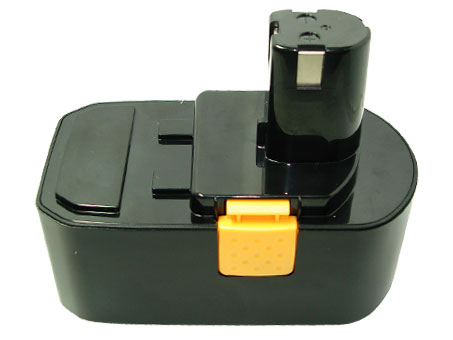 |
1lb 15oz / 880g (measured) |
1500mAh |
88% |
|
|
| P100 |
Nickel Cadmium |
 |
1lb 15oz / 880g (measured) |
1700mAh
...or 1500mAh?? |
100% |
|
- The "standard" battery pack to which the Lithium Ion packs are compared
- P100 Manual (143KB)
|
| P102 |
Lithium Ion |
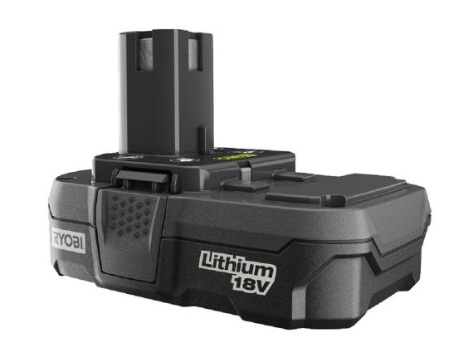 |
15.4oz / 430g (measured) |
1300mAh
(But more like 1200mAh)
| 70.6% |
- 45% lighter weight than standard NiCad
- Lighter weight reduces user fatigue
- Holds charge 4X longer and reduces the need to recharge during long periods of non-use
- 20% more performance than standard NiCad batteries
|
- Must be charged with a Dual-Chemistry charger, not with older NiCad chargers (P110, P111, P120, P130)
- Battery label indicates 24Wh -- same as the "old" P103 batteries
- Click Here for a information dedicated to the P102
- P102/105 Manual (1,406KB)
|
| P103 |
Lithium Ion |
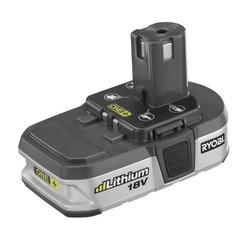 |
1lb 1oz / 480g (measured) |
1300mAh
...or 1500mAh??
NOTE: Ryobi doesn't state this anywhere.
Ryobi's only claim is 20% more power than the P100, and 1.7*1.2=2.04 hence one might assume a rating of 2.04Ah.
But this is DEAD WRONG. The cells inside are Samsung INR18650-13Q, which are 1300mAh cells! |
76%
...or 88%? |
- 45% lighter weight than standard NiCad
- Lighter weight reduces user fatigue
- Holds charge 4X longer and reduces the need to recharge during long periods of non-use
- 20% more performance than standard NiCad batteries
|
- Smaller than all other packs at 1-7/16" tall "battery" portion, as compared to 2 3/16" "battery" portion on all other packs
- Must be charged with a Dual-Chemistry charger, not with older NiCad chargers (P110, P111, P120, P130)
- Measured weight is 45% less than P100, just as claimed. 1-(480/880) = 45.45%
- Actual power is 1300mAh, which is 23.53% LESS than P100, not 40% more than P100 as claimed!
- Update 29-Aug-2012!
Looks like Ryobi has finally updated the P103! Today I tested one with date code CS1217 at well over 1300mAh.
Looking at the label, I see that it's rated 28Wh -- all the P103s I've seen before now have been rated 24Wh.
That's 16% more energy and means that Ryobi must be using 1500mAh cells in their latest batteries.
- P103/104 Manual (884KB)
|
| P104 |
Lithium Ion |
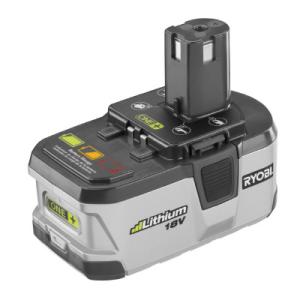 |
1lb 11oz / 770g (measured) |
2400mAh
...or 2600mAh?? |
141%
...or 153%? |
- 2.4Ah Lithium Ion battery pack
- Holds charge 4X longer and reduces the need to recharge during long periods of non-use
- Has 2X the run time of standard NiCad batteries
- 20% lighter weight than standard NiCad
- Lighter weight reduces user fatigue
- On-board fuel gauge indicates battery power status
|
- Must be charged with a Dual-Chemistry charger, not with older NiCad chargers (P110, P111, P120, P130)
- Measured weight is 12.5% less than P100, not as much as the 20% claimed. 1-(770/880) = 12.5%
- Update 29-Apr-2010!
I've tested hundreds of P104s and NEVER had I seen one test at or above 2400mAh. Until now.
This week I received a batch of P104s with date codes between CS0938 and CS0950.
With the CS0948 date code it seems that Ryobi has made a change for the better!
All of the P104s I've tested with date codes CS0948, CS0949 and CS0950 have tested ABOVE 2400mAh, as high as 2619mAh!
I haven't cracked one open to confirm, but suspect that they're now using the same Samsung 1300mAh cells as the P103,
for a 2600mAH P104 pack. In addition to the newer date code, I've noticed that the newer packs indicate "45Wh"
whereas the older packs indicate "46Wh" (and even older P104 packs have power rating at all).
- Update 07-Sep-2012
I just realized that the current crop of P104 batteries are marked 48Wh.
So I'd say that even Ryobi agrees that the current P104 is 2600mAh.
- P103/104 Manual (884KB)
|
| P105 |
Lithium Ion |
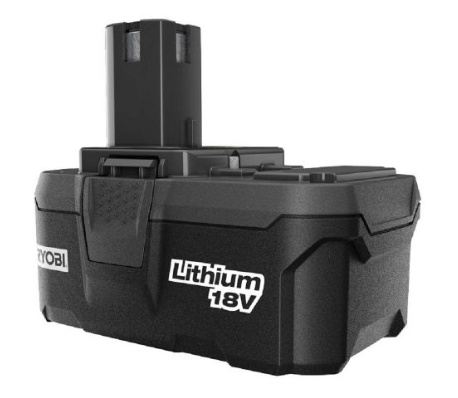 |
1lb 8.44oz / 693g (measured) |
2400mAh |
141% |
- Holds charge 4X longer and reduces the need to recharge during long periods of non-use
- Has 2X the run time of standard NiCad batteries
- 20% lighter weight than standard NiCad
- Lighter weight reduces user fatigue
|
- Must be charged with a Dual-Chemistry charger, not with older NiCad chargers (P110, P111, P120, P130)
- Battery label says 45wh, same energy as P104
- P102/105Manual (1,406KB)
|
| P107 |
Lithium Ion |
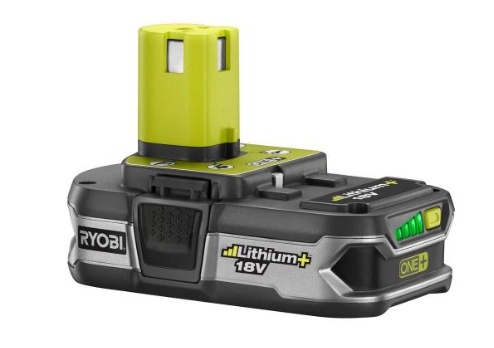 |
1lb 0.2oz / 460g (measured) |
1500mAh |
88% |
- 45% lighter weight than standard NiCad
- Lighter weight reduces user fatigue
- Holds charge 4X longer and reduces the need to recharge during long periods of non-use
- 35% more performance than standard NiCad batteries
- On-board fuel gauge indicates battery power status
- Extreme weather performance
|
- Must be charged with a Dual-Chemistry charger, not with older NiCad chargers (P110, P111, P120, P130)
- P107/108 Manual (1,449KB)
|
| P108 |
Lithium Ion |
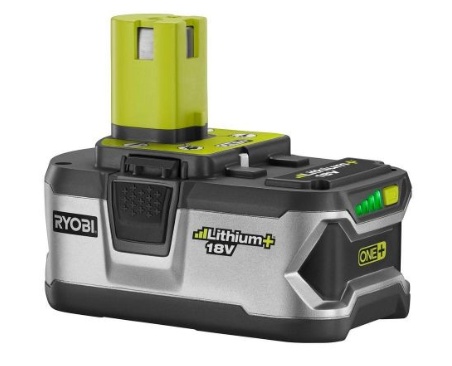 |
1lb 9.2oz / 720g (measured) |
4000mAh |
235% |
- Holds charge 4X longer and reduces the need to recharge during long periods of non-use
- Has 4X the run time of standard NiCad batteries
- 20% lighter weight than standard NiCad
- Lighter weight reduces user fatigue
- On-board fuel gauge indicates battery power status
- Extreme weather performance
|
- Must be charged with a Dual-Chemistry charger, not with older NiCad chargers (P110, P111, P120, P130)
- This is the battery we've been waiting for! The BIG one! At 4 Amps, it's by far the most powerful One+ battery!
- P107/108 Manual (1,449KB)
|
| P190 |
Lithium Ion |
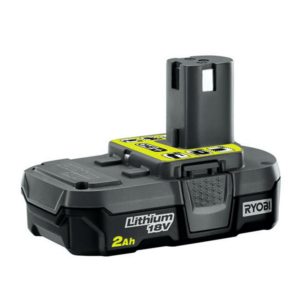 |
15.6 oz / 445g (measured) |
2000mAh |
118% |
- 2.0Ah half-height battery. No fuel gauge.
|
|
| P197 |
Lithium Ion |
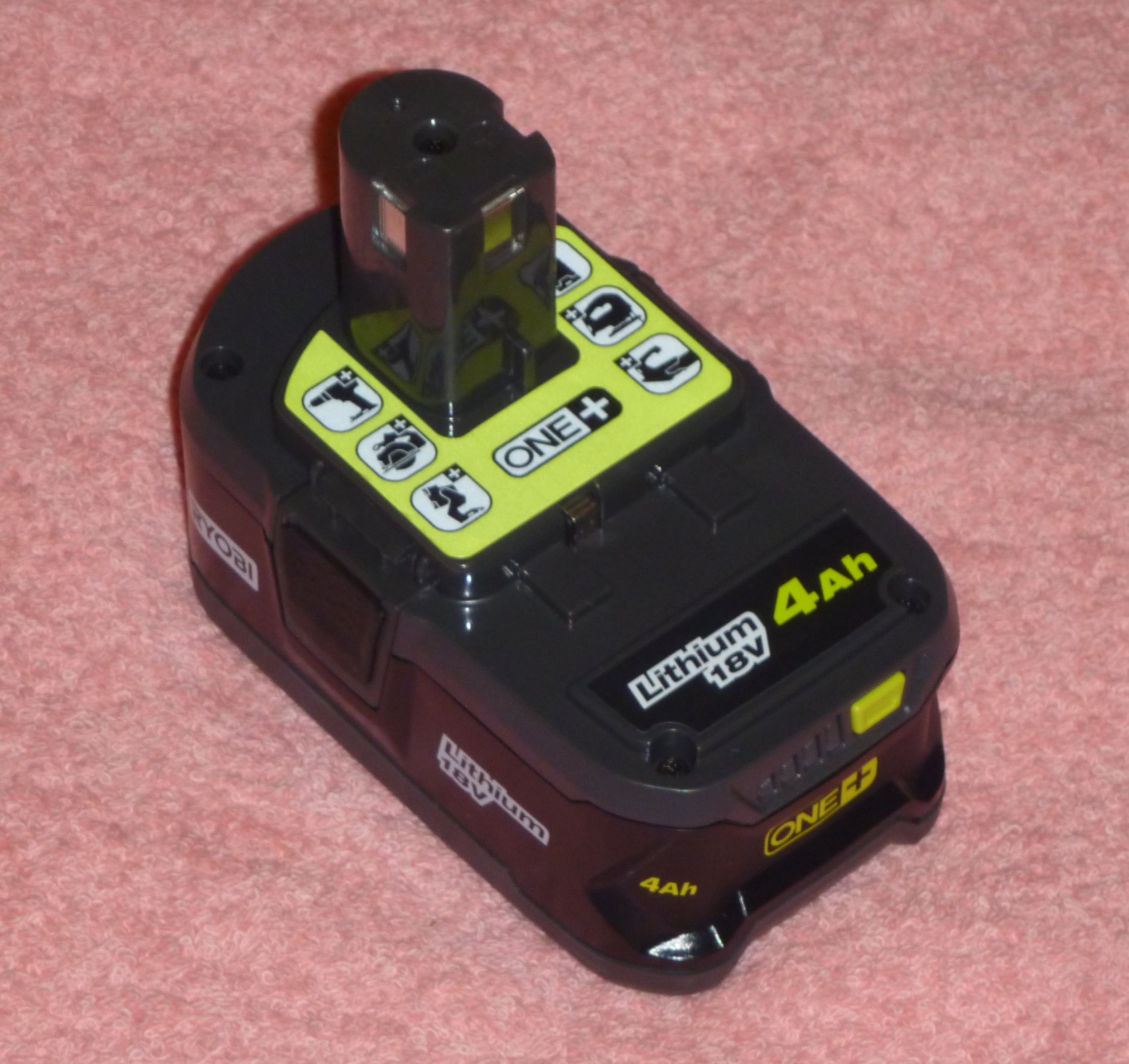 |
1lb 10.4 oz / 750g (measured) |
4000mAh |
235% |
- 4.0Ah full-height battery. With fuel gauge.
|
|
| ??? |
Lithium Ion |
 |
??? |
3000mAh |
176% |
- 3AH High Energy Battery is half-height, but still larger than previous half-height batteries
|
|
| ??? |
Lithium Ion |
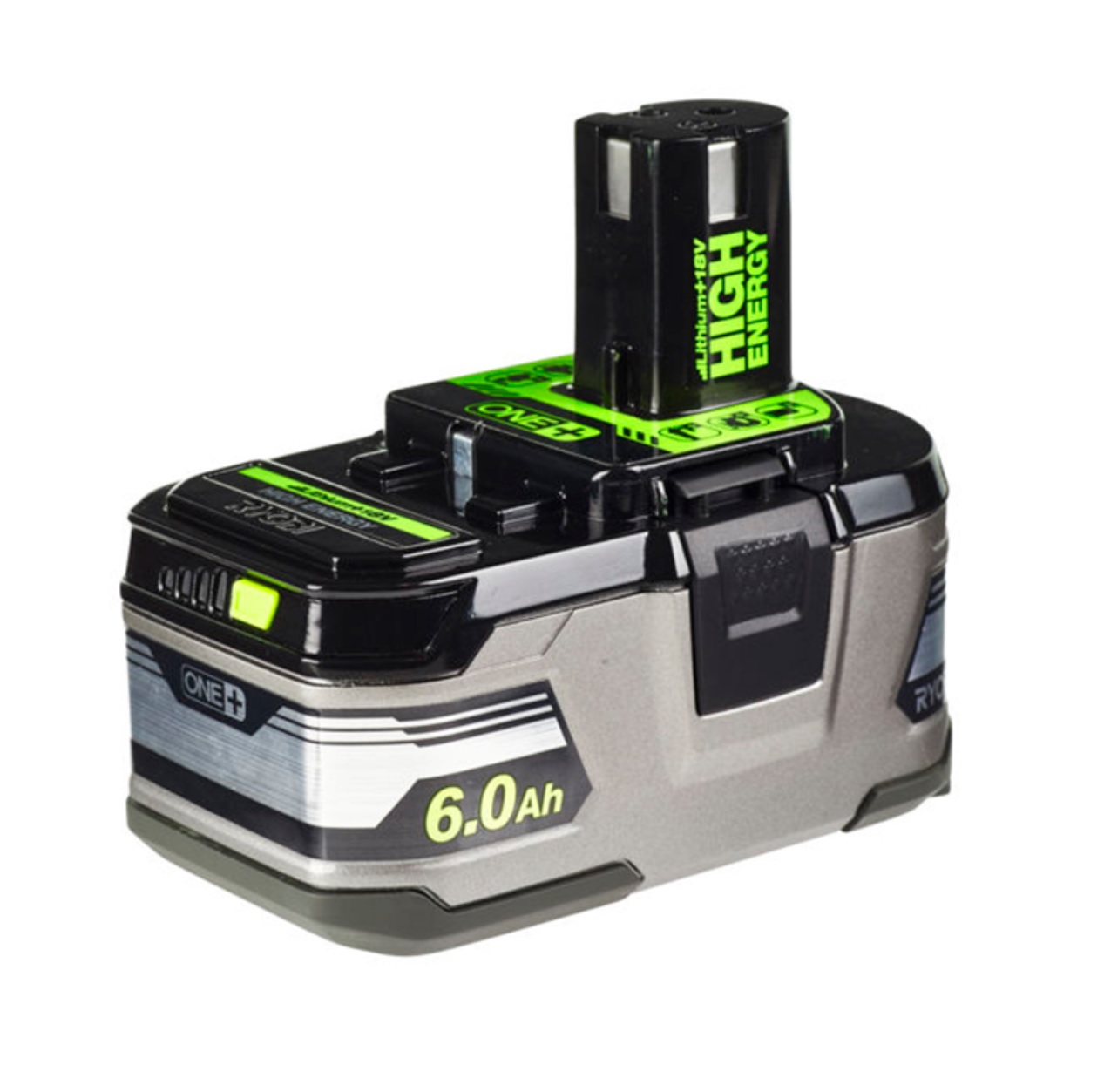 |
??? |
6000mAh |
353% |
- 6AH High Energy Battery is larger than previous batteries
|
|
| P194 |
Lithium Ion |
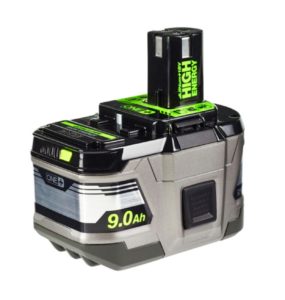 |
??? |
9000mAh |
529% |
- 9AH High Energy Battery is much larger than previous batteries
|
|
















